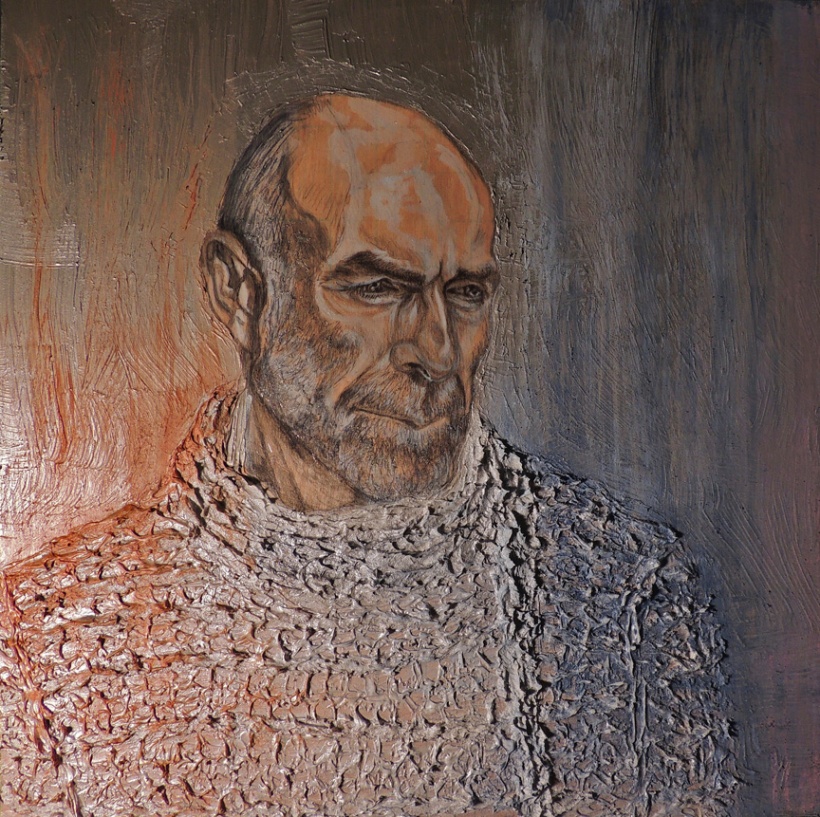I come back time and again to Jesus’s paradoxical claims in the Gospel. I want to distinguish between a hermeneutically responsible reading based on the text, an understanding of the historical context, and a grasp of theology and a whimsical reading that is literary in nature. I’m not asking, “What did Jesus (truly) mean?” but rather “How is it possible to read these words?”
Take another look with me at Matthew 5:38-40 in the NIV version. There Jesus states,
38 “You have heard that it was said, ‘Eye for eye, and tooth for tooth.’[a] 39 But I tell you, do not resist an evil person. If anyone slaps you on the right cheek, turn to them the other cheek also. 40 And if anyone wants to sue you and take your shirt, hand over your coat as well.
We know that he is rejecting retributive justice (you get what you deserve to be meted out in kind) as well as retaliation (get back at that evil person and then some). We know as well that he rejects fighting back. Also implicit in the proposal to “turn to them the other cheek also” is the claim not to run away. Hence, it seems clear that Jesus recommends neither fighting nor fleeing.
My whimsical reading begins here. What could be meant were one, in such a paradoxical manner, to urge us not to “resist and evil person” but instead to “turn to them the other cheek also”? It could be that we do the unexpected, performing a kind of gag on him, a gag, it turns out, with very high stakes. Do something he would have never seen coming. Not only are you not attached to your flesh or to your coat (call to mind a Buddhist understanding of non-attachment or “not clinging”) but you’re also doing something he could not have foreseen and isn’t readily able to respond to. He may be flabbergasted, perplexed, stunned, or enraged.
Do something unexpected with a view to creating an opening in which he can wake up to his evil. The unexpected functions, as it is said often today, as a mirror. It must surprise the evil person to discover (a) that you’re not so attached to your body or your possessions, (b) those things aren’t worth being so attached to, and yet (c) that he is so attached to what is temporal, not eternal.
If this reading is whimsical, it’s also radical. I’m not convinced, then, by the common depiction of the “meek and mild” Jesus or by the nonviolent Jesus. Here, Jesus is daring us to provoke the evil person by other, radically surprising means…



You must be logged in to post a comment.